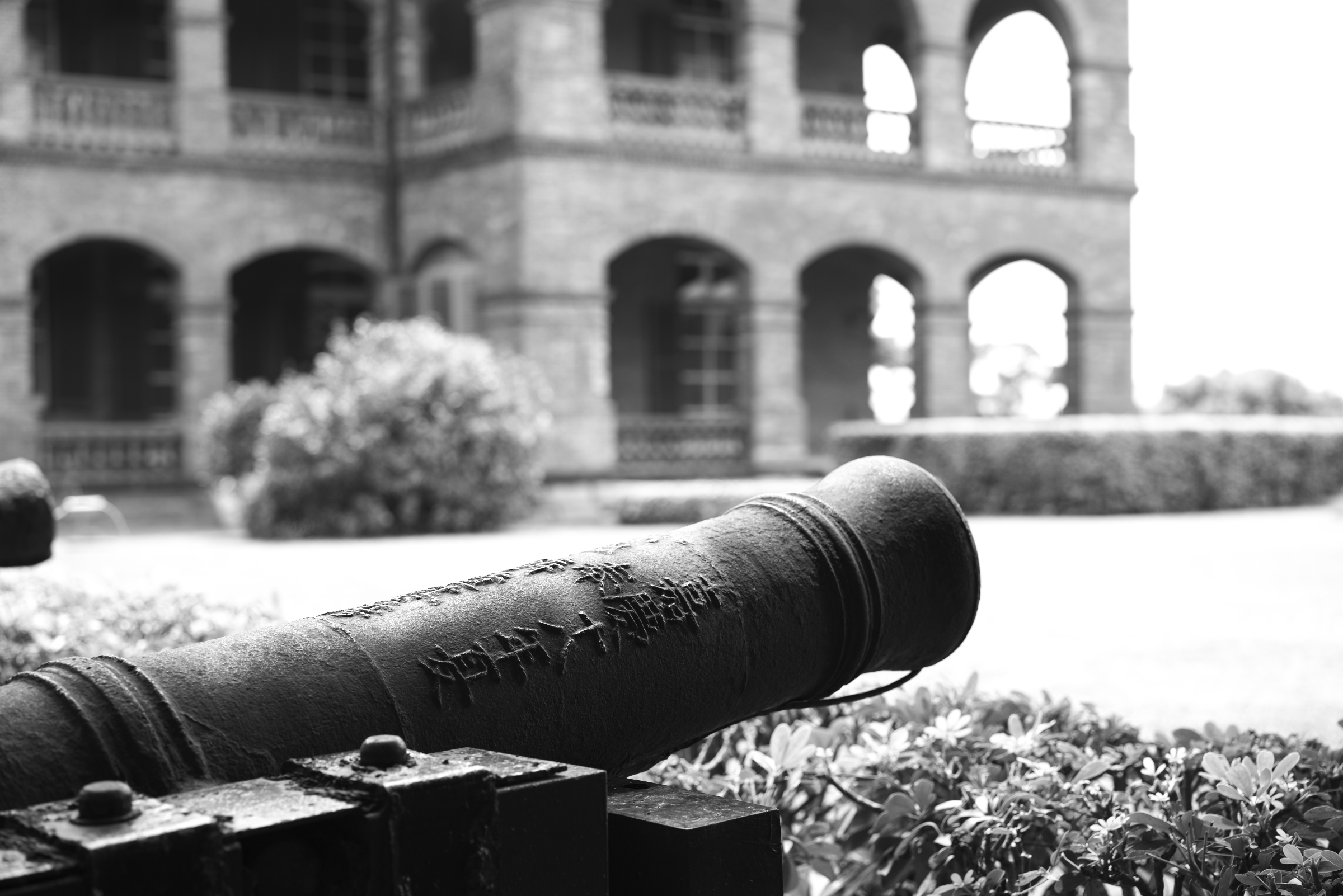Photo credit: 8 Kome
In this article, the author provides a concept of interrupting cycles of violence spreading across generations by connecting collective/historical memory to peace education. She specifically suggests incorporating “oral histories” and “futures visioning” into classrooms and the communities beyond to make peace education more socially relevant. This is of particular relevance because violent and seemingly unresolvable conflicts are often characterized by historical memory and hard to transform. Most notably, existing power interests typically produce a specific narrative of the conflict while delegitimizing another. The former narrative then becomes the official one, the state narrative, the national narrative. Within such narratives, power elites remain in power and marginalized groups are led to accept and believe in their inferiority.
Oral histories are personal recollections of events, their causes and their effects derive from the perspective of one or more individuals. The focus of oral histories lies in personal recollections of events, their causes and their effects from the perspective of one or more individuals. These histories can recover lost or suppressed collective memories of mass trauma and often do not make it into the dominant and written official history. Oral history can help tell ‘the Other’s’ stories and is an initial step of co-creating a peaceful future. In futures visioning, a community is viewed within a 200-year present which allows for an increased consciousness of future consequences of present actions. Central to the concept is a focus on what we want to see in the future, imagining the future and the steps it takes to get there. Narratives of war and violence can be challenged by co-creating narratives of a peaceful future.
Schools and school systems are [often] instruments of the state used to build collective identities, in particular national identities. Therefore, peace education is crucial and, as the author suggests, classrooms need to be reclaimed for critical dialog. Critical dialog on the treatment of native Americans, colonial legacies, nonviolent social change, or encountering ‘the Other’ is a necessary element to interrupt historical cycles of conflict and creates more conscious and critical citizens.
Most often, community structures, conflicts, and tensions are reflected within its schools. By using the classroom, but also involving the communities with oral histories and futures visioning, conflicts – whether they are visible or not – can be transformed. Schools then can create space for community peacebuilding, or as the author envisions, schools become community centers.
To be sure, the author recognizes that peace education does not take place in a social vacuum. In other words, peace education alone cannot transform violent and ongoing conflicts by flicking a magical switch. Structural changes such as economic development, political participation, good governance, and employment opportunities are essential. Peace education, however, can create a conducive foundation for these measures and improve their chance of success.
In addition to suggesting that teachers, youth development workers, educational leaders, teacher trainers and curriculum designers integrate the techniques of futures visioning and oral histories into curricula, the author provides recommendations for these groups to make the measures more successful: involve parents and colleagues; examine own biases; enforce safe space for all students; and allow for all views to be represented.
Contemporary Relevance:
Current social conflict is often tied to historical narratives. This article makes a compelling case to challenge historical memory such as justification of violence during conflict, blaming of the enemy group, dehumanizing, and demonizing. Futures visioning and oral histories in peace education provide opportunities to re-humanize “the other” and acknowledge collective complicity in violence. Societies as a whole will be able to better respond to conflict challenges. Peace education, as described in this article, becomes a political act in that forms of violence accepted by state/political narratives are challenged directly.
Talking Points:
- Peace education can challenge historical narratives which justify and normalize past and present forms of oppression and violence.
- Oral histories and futures visioning make peace education more socially relevant beyond the classrooms.
- Futures visioning and oral histories in peace education provide opportunities to re-humanize “the other” and acknowledge collective complicity in violence.
Practical Implications:
Text books and education systems in conflict and post-conflict environments (Israel-Palestine, India-Pakistan, Cyprus) contain histories that are part of the official record. Such one-sided perspectives are not only incomplete; they can also contribute to transgenerational trauma of groups. This research offers opportunities and ideas as to how socially relevant peace education techniques can challenge the manipulation by states that certain versions of history are told, and others are not. This broadens peace education practice, taking it beyond classrooms into the realm of social and political conflict transformation. Schools as community centers offer tremendous opportunities in conflict and post-conflict environments.
Keywords:
Peace education, oral histories, futures visioning, conflict transformation
Continued Reading
- Global Campaign for Peace Education (http://www.peace-ed-campaign.org/)
- Zinn, Howard. 1980. A People’s History of the United States: 1492-Present. New. New York: HarperCollins.
- Voices of a People’s History (https://peopleshistory.us/)
- Hiller, Patrick T., and Paloma Ayala Vela. 2013. “The Journey to Conflict Resolver: Peace-Scapes.” In Conflict Transformation: Essays on Methods of Nonviolence, edited by Rhea A. DuMont, Tom H. Hastings, and Emiko Noma, 152–66. Jefferson, NC: McFarland.
- Syria, Five Years On: Building Peace in the Midst of War by Harrier Lamb (http://www.peace-ed-campaign.org/syria-five-years-building-peace-midst-war/)
Citation:
Duckworth, C. L. (2015), History, Memory, and Peace Education: History’s Hardest Questions in the Classroom. Peace Change, 40: 167–193.

